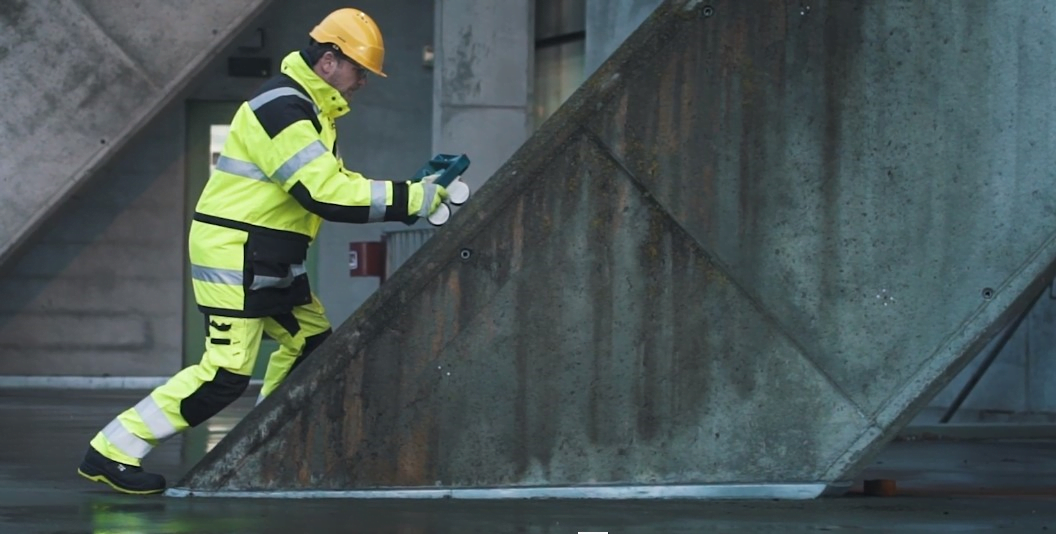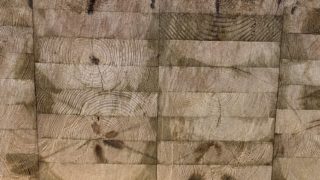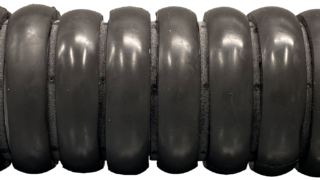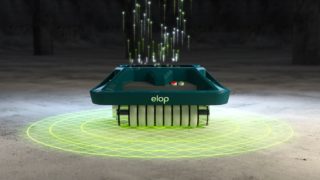– Elop Insight can speed up your concrete inspections
Traditional inspections can be time-consuming, error-prone, and pose a security risk for the inspectors. New technologies can reduce inspection time, give more accurate data on defects and reduce the risk of injuries.
An NDT inspector spends a considerable amount of time in their workdays inspecting structures, analysing, reporting defects and ensuring the fitness of structures. Imagine spending a certain amount of time examining the structural defects and ending up without actual results. Increased requirement for concrete inspection led by asset owners on the grounds of degrading concrete structures, inspectors are now seeking new technologies to find defects and confirm them through reliable data.
On-daily basis Inspectors come across concrete conditions that are hard to analyse, Consistent innovations relevant to the inspection industry have unlocked new paths for diversified non-destructive testing methods that are more focused on advanced imaging and data collection. These technologies have proven to be more user-friendly solutions for NDT inspectors. Globally, assets are inspected using different methods or technologies. This also depends on regulations enforced by regional government bodies to perform inspections. The preference for choosing a specific method or tool depends on regional regulations and the type of assets. Despite factors that affect structural health, being able to see the actual condition of the concrete subsurface in a phased manner can make inspectors more productive.
The pain points for inspectors with present devices is the efforts and time required to process the results. Factors such as the lack of a system that can track and register every parametric information, limit the work efficiency of NDT inspectors to scan maximum area. These factors have a direct impact on structural health, which leaves structures at risk if it remains unaddressed.
Structural inspection is a method to find and investigate defects and abnormalities. However, traditional scanning techniques and efficiency don’t go hand in hand when it comes to results. This means traditional methods are more time consuming and require experts to analyse the results. While on the other side, the entry of smart technologies into non-destructive testing has made inspection easier, more accurate quicker.
Why old concrete inspection methods aren’t a great fit in this information age?
Though we have much-matured technologies to see internal defects in concrete, many inspection companies still rely on the hammer test that works on impact sounding technique. This hammer rebound technique was brought into the application for concrete inspection in late 194os, and since then it became a key technique to evaluate concrete health. However, the challenge of this technique is the inability to perform advanced analysis and generate data based on impact sounding.
We are already in the information age that requires technologies and tasks to be data-centric. New inspection technologies in the NDT segment synced with data analytics is predicted to make inspection more precise and productive. Thanks to technological advancements dedicated to NDT inspection, inspecting companies are aggressively testing high-tech devices along with innovators and tech players.
The right technology for the right purpose
May it be ground penetrating radar (GPR), infrared thermography, rebound hammer testing, fibre‐optic microscopy, or ultrasonic testing. There is no single technology that complements every situation in the concrete inspection.
GPR is a promising technology used to perform concrete inspections so far. It is well suited for detecting reinforcement bars, and secondarily the delamination, cracks, air voids in concrete. It is also clear that the GPR waves when hitting the metal, result in 100% reflection, which is a noteworthy output. Despite being a majorly used tech in NDT concrete inspection, GPR still doesn’t dominate among other techs.
At present, most ultrasonic devices used in the NDT sector for concrete are point scanners that require manual effort to lift, move, and point to scan a dedicated concrete part. This functionality of the point scanners makes this task more complex while inspecting big concrete structures like bridges, dams, and tunnels.
Elop Insight: The first rolling ultrasound scanner
The ultrasound techniques used so far, lack the functionality to scan the structure continuously. Elop Insight is the world’s first rolling, dry-coupling ultrasonic scanning solution for concrete inspection and allows for fast, continuous scanning of surfaces providing a live 3D image of the scanned surface.
Elop ultrasound scanner is significantly more efficient and provides a more convenient way to inspect large areas of concrete structures than any other technology on the market, allowing inspecting companies to perform a cost-effective and time-saving inspection.
Its successful demonstration in different use cases is proof of how promising this device is in the long term. Elop Insight can scan larger areas in record time than ever before. The scanner enables easy extraction and contextualizing of data with other systems and sources through the cloud. This makes the reporting simpler and more precise for inspectors, offering an overview of their structures and planning maintenance with more detailed inputs.
With smart, large-scale cloud solutions, inspecting companies can gain complete digital control over the structures. This allows them to control the infrastructure, plan maintenance, and lay the groundwork for structural maintenance and lifecycle cost optimization.
To the point,
The bottleneck of the inspection process with other ultrasound devices is the inability to scan a large area in a single scan. Elop Insight is integrated with rolling transducers that makes scanning easy for inspectors, allowing you to can scan the large areas of any concrete structure in less time. The scanner offers simplified inspection, increased efficiency, precise detection of structural weakness, and access to historic and insightful data through which inspecting companies can up their operational capabilities and serve maximum client requests.




